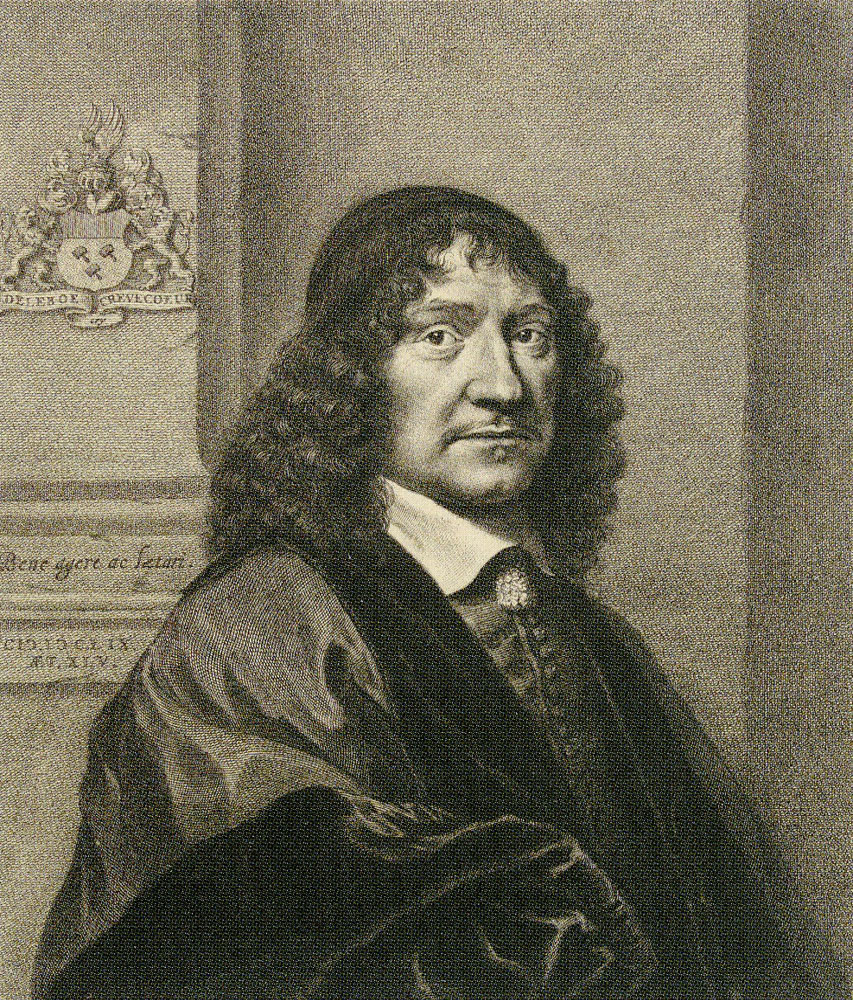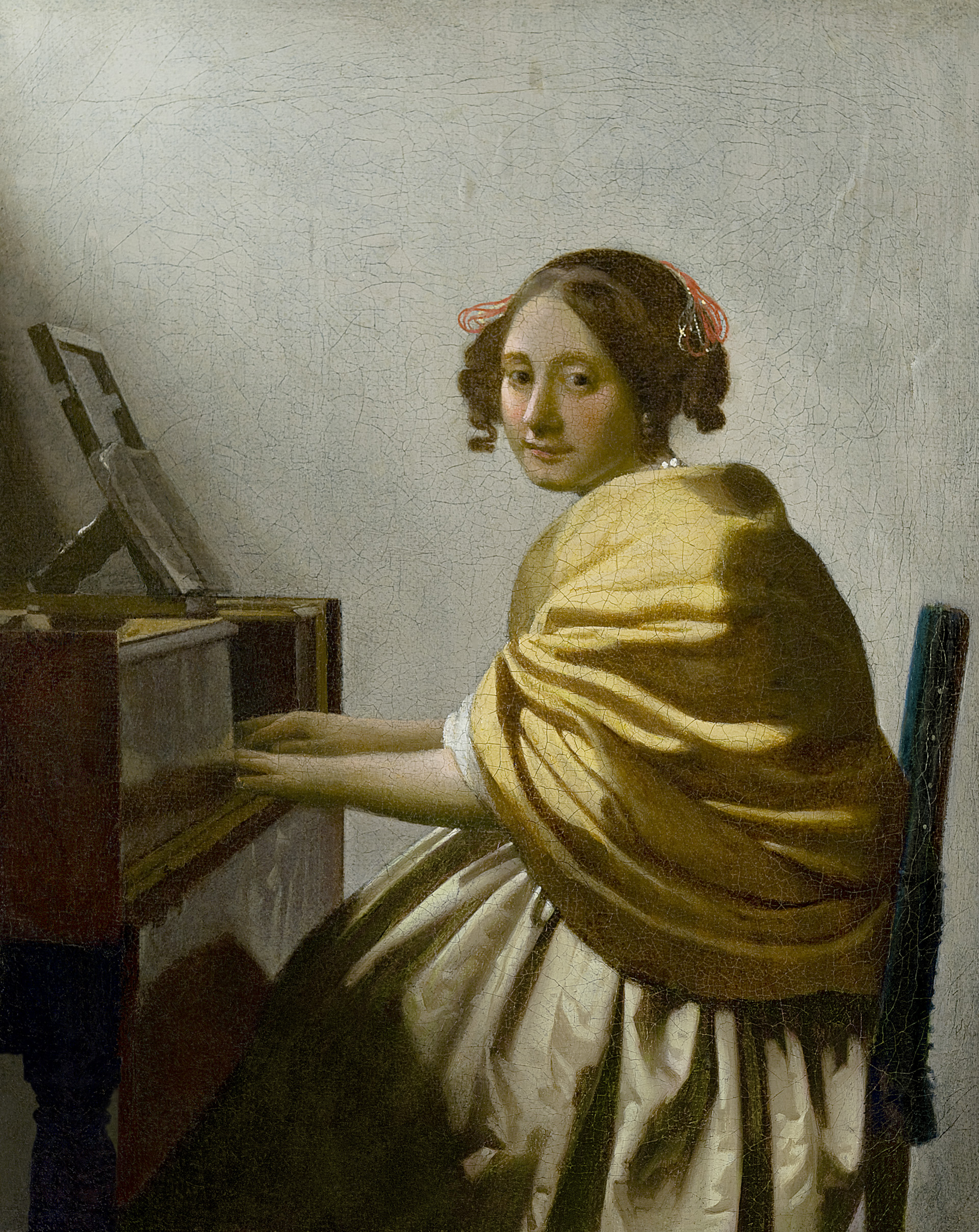

Weber said Vermeer had probably entered a camera obscura, and “translated that experience into his own art.” In other words, he didn’t use the optical device as a tool in his studio, but instead as a source of inspiration for how light and perspective could be depicted in his paintings.

“What Tim has done is given us an image of Vermeer as a man who is much more real,” Teller concluded. The painting that Jenison created in his simulated Vermeer studio was so convincing that Steadman and Hockney felt he’d validated their claims. The American magician Teller, of the duo Penn and Teller, tested that theory in his 2013 documentary “Tim’s Vermeer,” in which the inventor Tim Jenison tried to recreate “The Music Lesson” using a camera obscura in a Texas warehouse. The artist David Hockney furthered this notion with his 2006 book and 2011 BBC TV show “Secret Knowledge,” which argued that Vermeer’s “photographic” effect was aided by optics. In particular, he revived an idea first floated in the 1920s that Vermeer made his paintings from inside a room-size camera obscura, a device that operates like a pinhole camera. In his 2002 book “Vermeer’s Camera,” the architect Philip Steadman argued that the “perfection” of the Dutch master’s canvasses could only be attributed to the use of optical tools.

Some novels and films have furnished the empty spaces of Vermeer’s domestic interiors with personal narratives, while others have sought to give us answers about the mysteries of his working method. A huge part of the phenomenal appreciation for the artist can be attributed to the imagination. With a lacuna to fill about Vermeer’s life, authors, filmmakers and other artists have fed the growing fascination through creative speculation.

But since then, there have been only small, and incremental, discoveries. That show - the first ever devoted exclusively to his work - brought together 21 paintings and revealed many new insights. His art has never been more beloved and widely accessible than it is today, and images of his most adored paintings, like “Girl With a Pearl Earring” and “The Milkmaid,” have been reproduced, photoshopped and turned into the world’s most circulated memes.Ī seismic shift in Vermeer’s popularity came after the last major blockbuster devoted to his work, at the National Gallery of Art, in Washington D.C., and the Mauritshuis, in The Hague, in 19. Yet, many people feel that they know Vermeer.


 0 kommentar(er)
0 kommentar(er)
